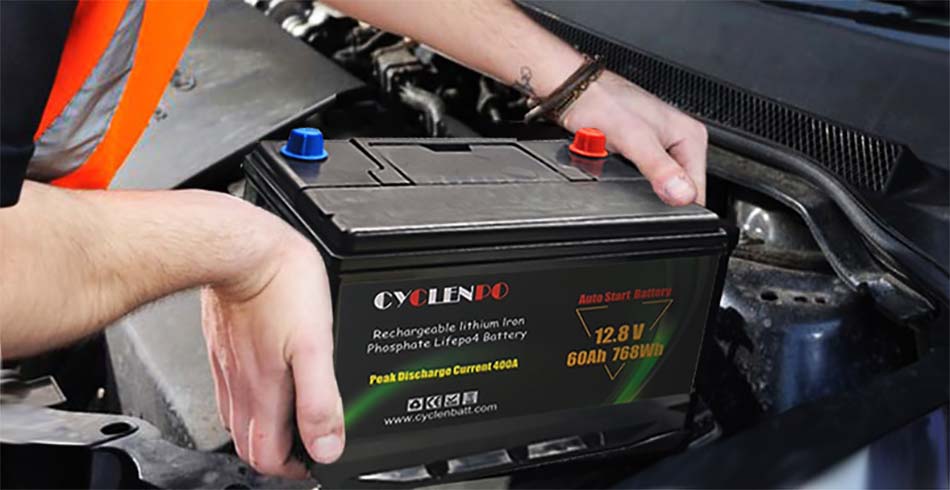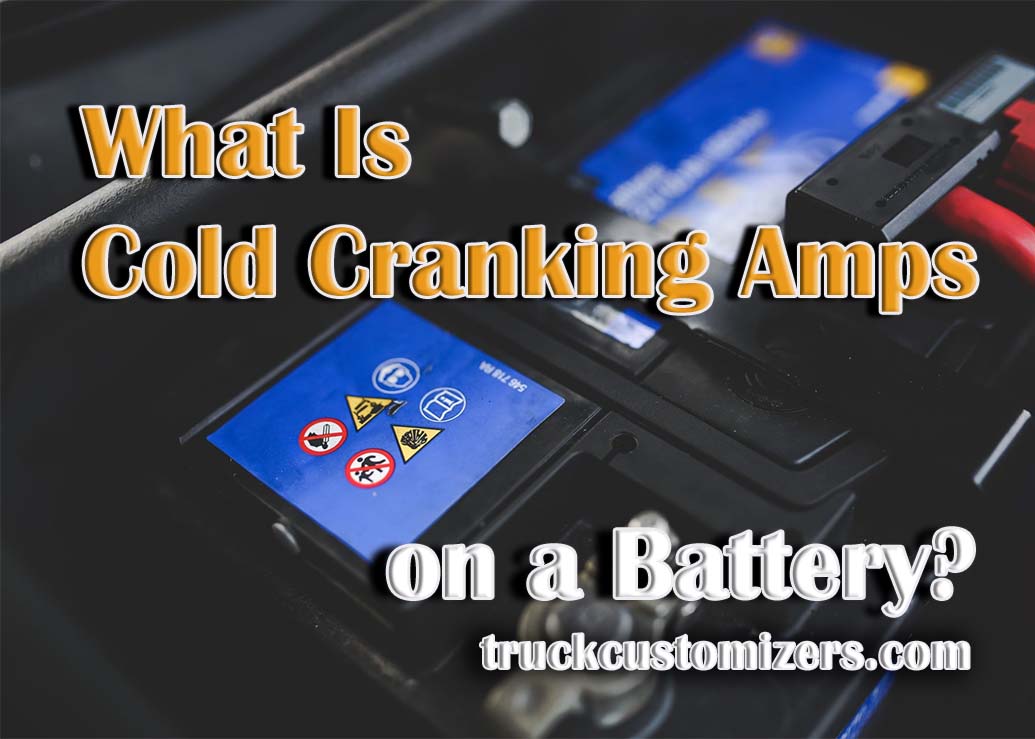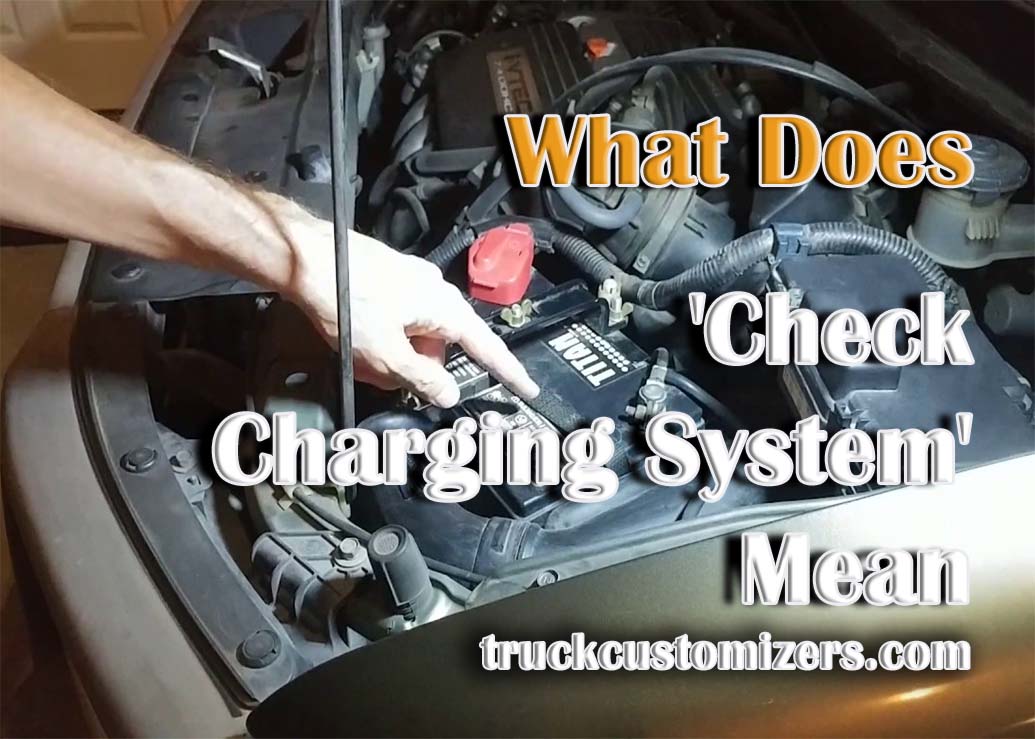If you’ve ever gone to buy a car battery, you may have noticed that each battery has a number of specifications listed on it. One of these specifications is CCA, or Cold Cranking Amps. It can be confusing because there are usually several ratings listed, such as CA, MCA and HCA as well as CCA. In this article, we’ll explain what CCA means in a car battery and how to choose the right rating when buying one.
What Does CCA Mean in a Car Battery?
Cold cranking amps (CCA) is the amount of power needed to start your car’s engine in cold temperatures. The higher the number on your battery, the more powerful it is and therefore the easier it will be for your engine to start in cold weather conditions. The CCA rating indicates how much current (in amperes) a new lead acid automotive battery can deliver for 30 seconds at 0°F (-18°C) before its voltage drops below 7.2 volts or 1/2 its rated capacity (ah amp-hours). A higher number means that more energy is available from the battery to crank over an engine during those cold starts. Here are the Batteries for Ford F150, F250, F350 Diesel.
The Difference Between CA, MCA, and HCA Ratings
In addition to CCA, many car batteries also list ratings for CA (cranking amps), MCA (marine cranking amps) and HCA (hot cranking amps). These ratings indicate the amount of power the battery can deliver in different temperatures—in hot, cold and marine conditions respectively. The CA rating indicates the amount of current a car battery can deliver at 32°F (0°C) for 30 seconds before its voltage drops below 7.2 volts or 1/2 its rated capacity. The MCA rating is the same as CA but at 77°F (25°C). And finally, the HCA rating indicates how much current a battery can provide at 80°F (32°C) before its voltage drops below 7.2 volts or 1/2 its rated capacity.

How Do You Know Which CCA Rating to Choose When Buying a Car Battery?
The CCA rating is typically the most important rating when buying a car battery because it tells you how powerful it is and therefore how easily your engine will start in cold weather conditions. Typically, you want to choose a battery with the highest CCA rating that your budget allows. The other ratings, such as CA, MCA and HCA are important too but not as critical because most cold weather starts occur at 0°F (-18°C). If you live in an area where temperatures dip below 0°F (-18°C) frequently, you may want to consider a battery with a higher CCA rating than your engine’s minimum requirements. Also read how fixing a battery cable that is too short.
Conclusion
Cold cranking amps (CCA) is an important rating on car batteries that indicates how much power it can provide to start your engine in cold temperatures. It’s typically the most important rating when choosing a car battery and it should be the highest number on the battery that meets your budget. Other ratings, such as CA, MCA and HCA are also important but typically not as critical because most cold weather starts occur at 0°F (-18°C). With this knowledge, you can now choose the right car battery for your needs!



